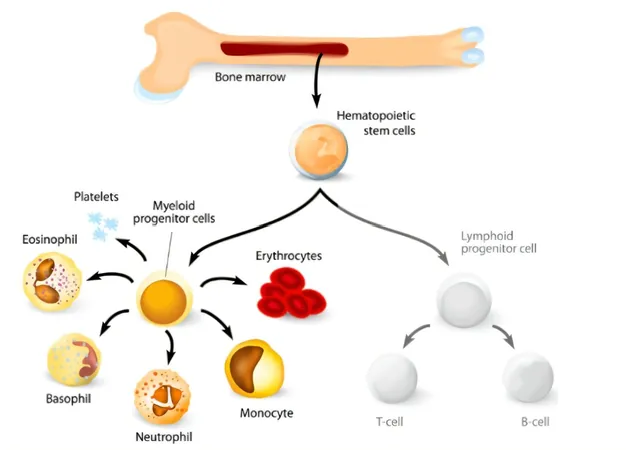
Breakthrough in Mars Rover Technology: How Autoencoders Are Revolutionizing Anomaly Detection!
2024-12-02
Author: Ming
As the Mars Science Laboratory (MSL) continues its incredible exploration of the Red Planet, now over eleven years into its journey, ensuring the longevity and functionality of the Curiosity rover is paramount for NASA's mission. With the harsh Martian environment posing numerous challenges, the development of advanced monitoring systems has never been more critical.
In an exciting new study, researchers have implemented undercomplete autoencoder models to detect drive anomalies using extensive telemetry data sourced from wheel actuators, the Rover Inertial Measurement Unit (RIMU), and the suspension system. This innovative approach aims to enhance the analysis of post-drive data during crucial tactical downlink sessions, where insights are communicated back to Earth.
The research explores diverse model architectures and input variables, allowing scientists to evaluate their influence on anomaly detection performance. By testing these models on previously unseen data, the team simulates real-world operational conditions, increasing the reliability of their findings.
The results are promising. The undercomplete autoencoder model has proven effective at identifying drive anomalies in the Curiosity rover's dataset, successfully detecting subtle telemetry patterns that even seasoned human operators missed. This capability of recognizing inconspicuous signs of malfunction has significant implications for future planetary exploration missions, where early detection of potential failures could lead to timely maintenance and operational adjustments.
Moreover, the study sheds light on the optimal design choices necessary for maximizing model performance by comparing various configurations. Such advancements in autoencoder technology not only promise enhanced monitoring of the Curiosity rover but could also revolutionize anomaly detection methods across various space missions, contributing to the overall safety and reliability of robotic exploration on Mars and beyond.
This groundbreaking work emphasizes the importance of machine learning techniques in space exploration, paving the way for smarter rovers that can autonomously manage their own health and maintenance. As we look to the future of interplanetary exploration, these technological advancements herald a new era of robotic assistance in understanding our neighboring planet.
Stay tuned for more groundbreaking developments as NASA continues to push the boundaries of space exploration!


 Brasil (PT)
Brasil (PT)
 Canada (EN)
Canada (EN)
 Chile (ES)
Chile (ES)
 España (ES)
España (ES)
 France (FR)
France (FR)
 Hong Kong (EN)
Hong Kong (EN)
 Italia (IT)
Italia (IT)
 日本 (JA)
日本 (JA)
 Magyarország (HU)
Magyarország (HU)
 Norge (NO)
Norge (NO)
 Polska (PL)
Polska (PL)
 Schweiz (DE)
Schweiz (DE)
 Singapore (EN)
Singapore (EN)
 Sverige (SV)
Sverige (SV)
 Suomi (FI)
Suomi (FI)
 Türkiye (TR)
Türkiye (TR)